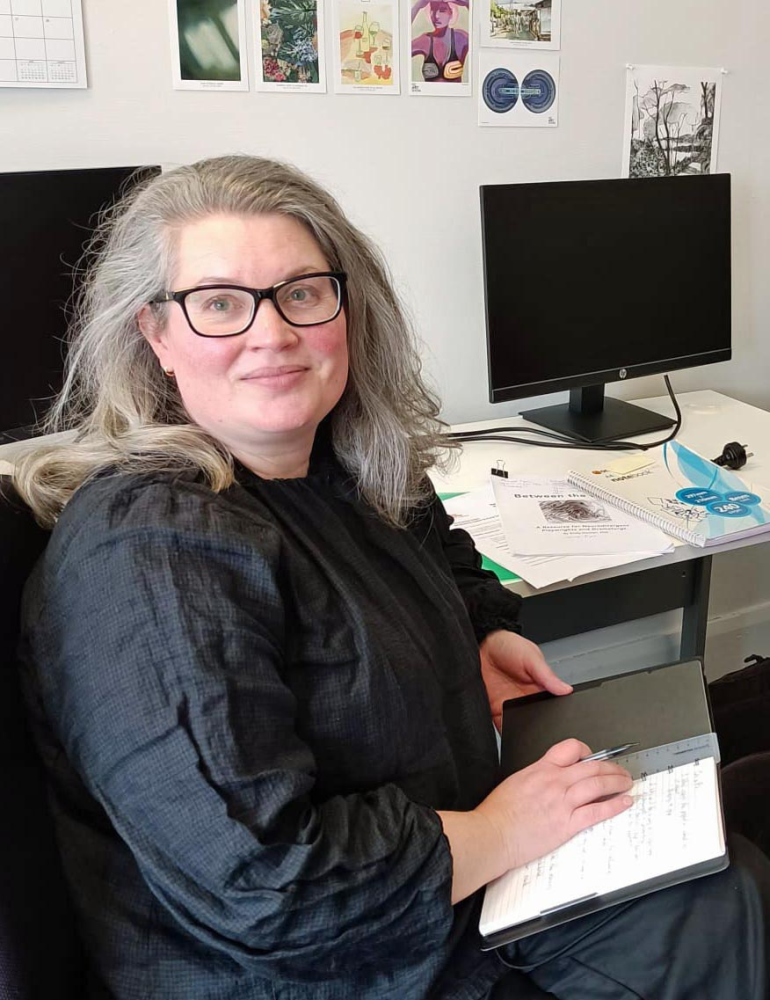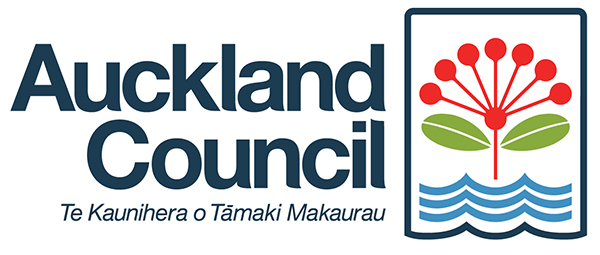A new guide supporting neurodivergent playwrights and dramaturgs has been written by Emily Duncan, recipient of the Whakahoa Kaitoi Te Puna Toi Arts For All Fellowship 2023.
 Arts Access Aotearoa’s Whakahoa Kaitoi Te Puna Toi Arts for All Fellowship supports an individual to work with an Arts For All Network member organisation to research or develop an area of arts accessibility that will increase access for Deaf or disabled people.
Arts Access Aotearoa’s Whakahoa Kaitoi Te Puna Toi Arts for All Fellowship supports an individual to work with an Arts For All Network member organisation to research or develop an area of arts accessibility that will increase access for Deaf or disabled people.
The Fellowship supported the Dunedin writer to test and document a range of creative and writing strategies, and then write a guide. Called Between the Lines, it examines a range of strategies to help neurodivergent playwrights and dramaturgs through the process of writing a play.
"The financial support was significant and enabled me to devote time to researching something that’s of particular interest to me,” says Emily, who has a PhD in theatre. “It also meant I could work in ways that were accessible to me."
Drawing on her own experience
This included drawing on her own experiences as a neurodivergent playwright and dramaturg, citing strategies that she's used for years that she hopes other people will find useful.

"In some ways, this was a reflective research project because I was thinking about things I’ve done for years or taken for granted that work well for me," she says.
In addition, Emily was able to pay three neurodivergent participant playwrights – Jamie, Bronwyn and Patty – who tested various strategies and provided their perspectives for the resource. This payment, which included an access stipend, acknowledged their time, experience and input.
"In my preliminary research, I couldn’t find anything specifically focused on supporting neurodiverse playwriting processes so I was wanting to address that gap with this project."
Validating the different paths of process
Between the Lines aims to help people find what works for them, Emily explains. It’s not meant to be prescriptive: rather, it aims to validate the different paths of process that playwrights and dramaturgs take to complete a script.
"There are different ways to get to the outcome of a written script. The guide suggests you pick a path and find your own way there that works for you. I encourage playwrights and dramaturgs to remain flexible in their approach to playwriting."
Download Between the Lines:
Between the Lines (pdf 2.86 MB)
Between the Lines (Word 1.77 MB)
Emily hopes that Between the Lines has a positive impact on the industry and facilitate further conversations. "I wanted this guide to be practical for both neurotypical and neurodiverse playwrights and dramaturgs."
The resource includes a range strategies and a glossary to encourage understanding and opportunities to work more collaboratively.
Three key tips for collaborating with neurodiverse playwrights and dramaturgs
Emily has three key tips for collaborating with neurodiverse playwrights and dramaturgs. "Firstly, never assume; secondly, respect the need for choice; and thirdly, appreciate that curiosity goes both ways."
No two neurodiverse performing arts practitioners are the same, and the resource encourages ongoing communication to avoid assumptions.
Emily encourages neurotypical playwrights and dramaturgs to acknowledge and accommodate the variety of choices that neurodiverse colleagues may need during the writing process. "How one person might want and need to work is not indicative of all neurodivergent creatives."
Curiosity a large part of theatre
Curiosity is a large part of theatre and the guide emphasises this aspect as part of the collaborative process.
"I often think of theatre as an act of seeking to understand, from the beginning of the idea through to a production. It’s not uncommon for an idea to grow from a question” she explains. “Therefore, curiosity is a flexible dialogue between a dramaturg and playwright and should be kept alive throughout the collaborative process."
Above all, Emily hopes her guide will help fill a gap in support and remove barriers and misunderstandings around the creative process of writing plays.
"I want performing arts practitioners to make their own mark on it and get familiar with the resource. The research and resulting resource as the output of the fellowship is the start of a conversation."



